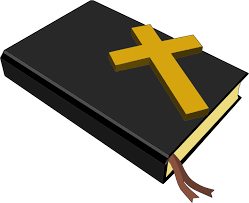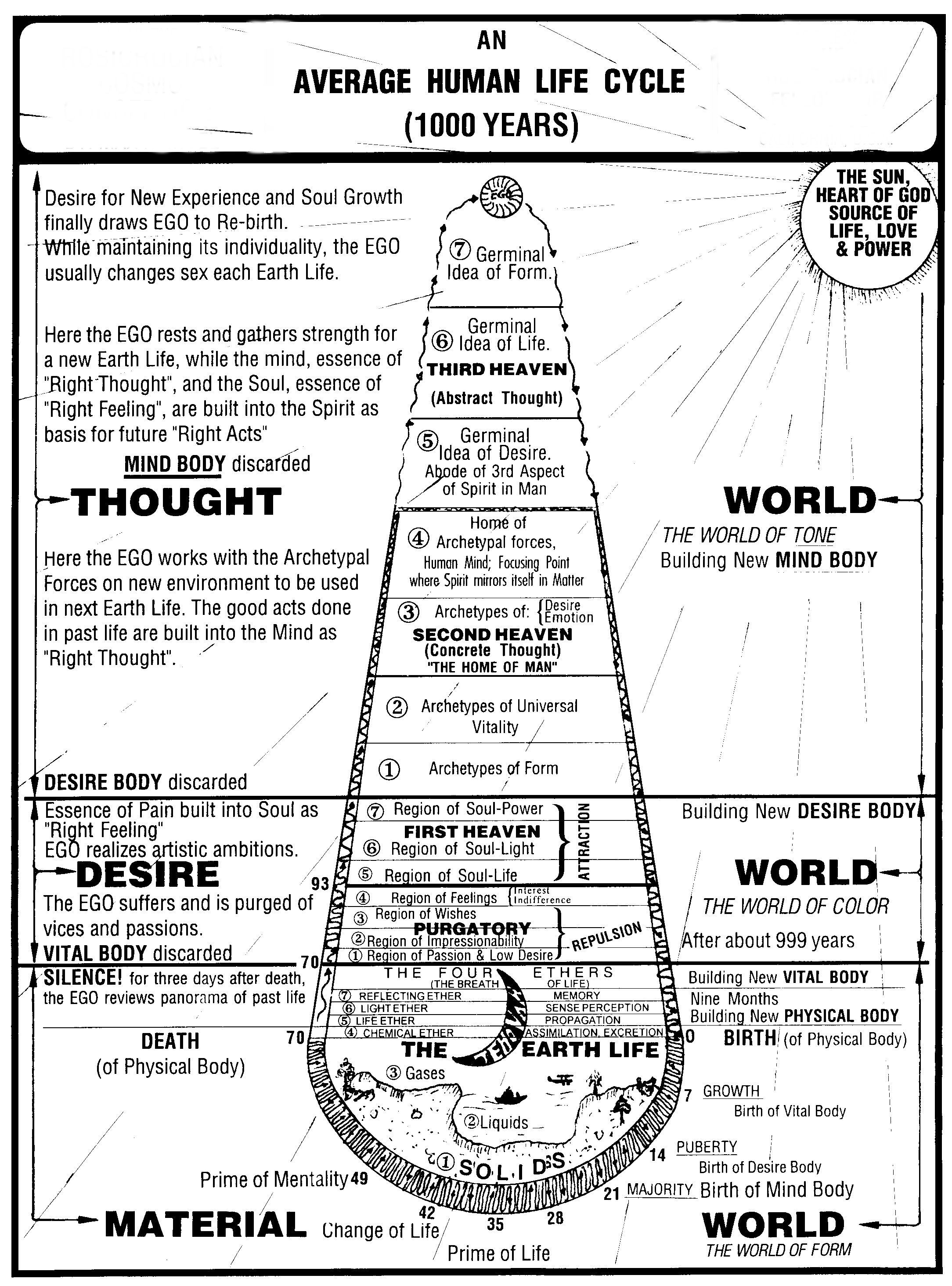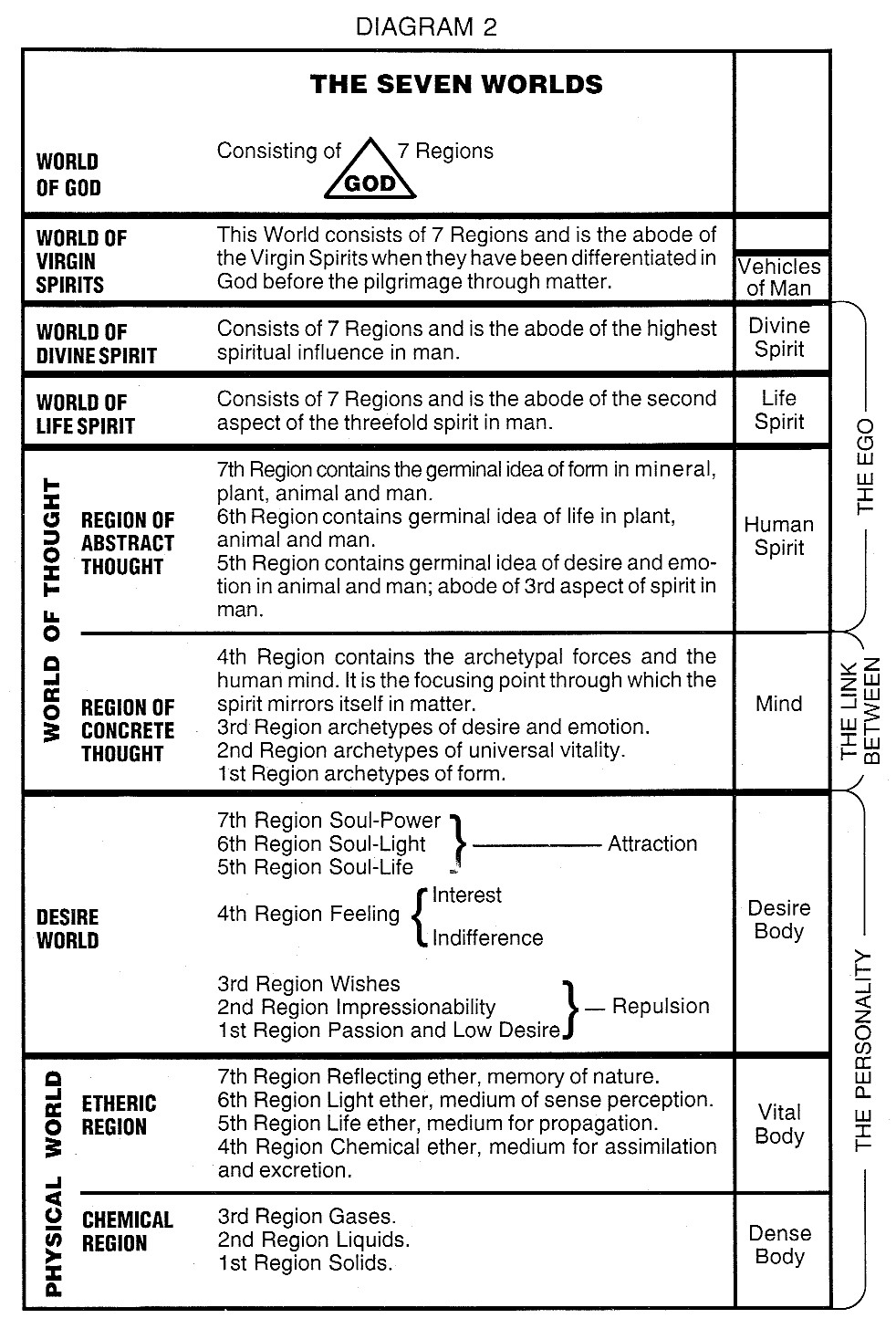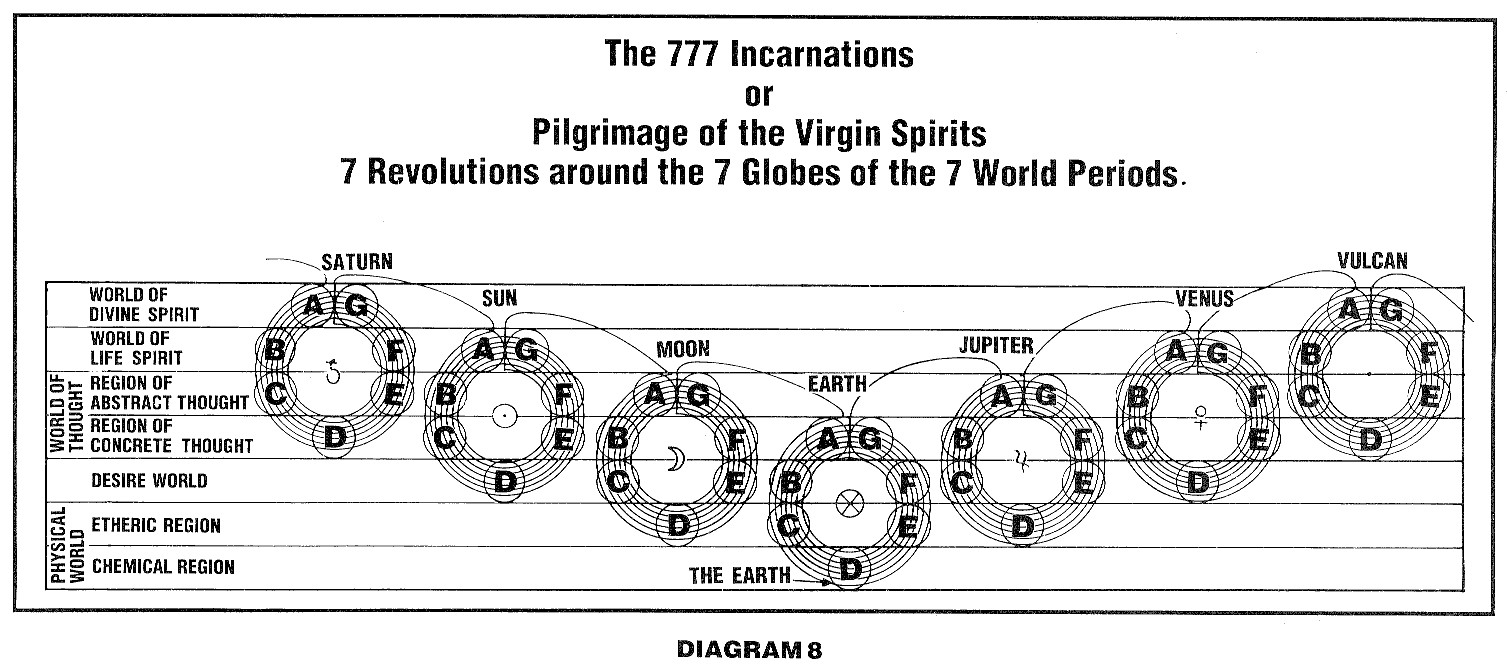
| rosicrucianU.com | ||
| Simplified Scientific Christianity |

The story of Ruth belongs properly to that period of Israelitish history given in the Book of Judges, and at one time Ruth was included with judges. However, the book as we now have it seems to have been written in the post-Exilic period when the Book of Jonah also appeared as an appeal for racial tolerance and international brotherhood when the returned exiles were launching their attack upon all non-Jews in their midst. Ruth, the ancestress of Israel's beloved David and wise Solomon, was a "foreigner"; and in the Book of Jonah, we learn that God cares for foreigners who repent and do His will, as the Ninevites did.
We have shown elsewhere that the ancient Hebrews were never so exclusive as modern Christians and Jews believe, for they recognized a spiritual unity underlying the Egyptian, Chaldean, Persian and Hebrew religious concepts; finally, in the "silent centuries" which produced the apocryphal books, the Hellenic teachings were also harmonized with the Hebrew, producing the great Gnostic movement. In the Clementine Homilies, for example, the Apostle Peter himself is quoted as admitting that in the Scriptures the Angels are called gods, and Simon Magus, though condemned as a false apostle, also is quoted as saying that there are references to gods in the Hebrew Scriptures. Simon Magus was the leading disciple of John the Baptist, and although his name has come down to us under a cloud, we cannot be sure that he has been fairly condemned. As a disciple of John the Baptist he should not be too lightly set aside.
In view of the fact that the Book of Ruth was composed after the Exile, and by a writer sympathetic to foreign influence, and also in view of the fundamental spiritual unity of all sacred literature, we shall not be surprised to find that it bears, in addition to the literal interpretation, the esoteric interpretation with which our readers have become familiar. Like Solomon's Song, it is a story of the Mystic Marriage. It was read by the Jews at the Feast of Pentecost, the time when, in Christian annals, the Holy Comforter descended upon the Apostles with Mary in their midst.
The Book of Judges, as we have seen, depicts a series of steps or degrees in the work of Initiation. Conscious Invisible Helpership is a preliminary, but essential, part of the work, and constitutes the hidden theme of the Book of Ruth.
The book does not appear in the English translation as poetry, but the whole concept of the story of Ruth is so purely poetic that we see in it one of the loveliest of the great songs of the Old Testament, and we believe that at one time part, if not all, of this narrative was cast in poetic form. Even the English translator felt its poetry so keenly that it is impossible not to read the text of the King James version with the rhythm and sonorousness of a poem. This, however, is true of most of the King James version, for the English speaking peoples have been blessed in their translation of the Hebrew Scriptures. The English Bible is great literature, ranking with the most noble of all English writings, not excluding Shakespeare. This speaks well for its translators' literary genius. There are said to be some portions of our King James' version which are actually superior, in point of beauty, to their Hebrew originals. The French Bible, on the other hand, is of inferior literary rank, and shares little of the glory of its English counterpart. In this again we see the outworking of the Law of Causation: for the modern English, especially the Anglo-Saxons, are the spiritual descendants of the ancient Israelites. They share much of the virtue, as they share also the weaknesses, of the ancient Hebrews as depicted in Bible literature,
In the story of Ruth there are five principal characters: Boaz, Naomi, Orpah, Obed and Ruth. These represent five principles of Spirit manifesting in humanity.
Boaz means "fleetness of spirit." He became Ruth's spiritual instructor, or mystic "lover", after she had proved her ability to receive his assistance. Ruth means "friend" or "companion", and represents the pupil who through steadfastness and obedience qualifies to know the bliss of soul-expansion as bride of that fleet Intelligence which lifts unto celestial realms. The keynote of Ruth's work is given in her words to Naomi: "All that thou tellest me that will I do."
Naomi is the overshadowing and eternal feminine, or Wisdom principle, which flowers in the enlightened as the gifts of the superconscious.
This Emerson termed the Oversoul, and of it says: "It is only the which has wrought and suffered, the infinite lies stretched in smiling repose." Attunement with this all-harmonious principle manifests as an inner guidance and direction which is filled with naught but wisdom and the light of Truth; wherefore Naomi means "pleasantness," sometimes translated "the sweet one."
Naomi has another name, Mara, by which she is known to many. Mara means bitterness, and refers to the action of cosmic Law upon the lives of those who have not attuned themselves to its impersonal adjustments. Such was Orpah, the "wild goat". She represents the many who glimpse the light of the higher life but do not possess the courage to walk therein. Like Orpah, they renounce the journey to Bethlehem and return to their own people and their own gods in the lowlands of Moab.
Obed, the son born of the marriage of Ruth and Boaz, symbolizes fellowship, brotherhood, unity. After the high union in spiritual consciousness, the aspirant dedicates himself only to such pursuits as involve the universal good. From Obed came Jesse who was the father of David, the "well-beloved," and from David came Solomon, the Wisdom king. From this line later was to come the blessed Virgin and her Son, the holy Jesus. Hence this great Teacher is called Jesus, the son of David, of the house and tribe of Judah.
David, like Jesus, was born at Bethlehem.
The Book of Ruth opens with an account of Naomi, who, after the death of her husband and two sons is ready to return to her former home in Bethlehem, accompanied by her two daughters-in-law, Orpah and Ruth. Orpah falters upon the way and turns back at Naomi's urging, but Ruth insists on going forward: "Intreat me not to leave thee nor to return from following after thee." In these beautiful words she expresses the complete dedication of her life to the things of the spirit. Her vow of fidelity is the vow which must be made by every neophyte before he can know the holy joys of the Invisible Helper: "Whither thou goest, I will go; and where thou lodgest I will lodge: thy people shall be my people, and thy God my God: Where thou diest, I will die, and there will I be buried: The Lord do so to me, and more also, if aught but death part thee and me."
To establish communion with the feminine within, symbolized by Naomi, is difficult in the early stages of unfoldment, and often causes the neophyte to know the full meaning of Mara, bitterness. We read in the apocryphal Book of Ecclesiasticus (the Wisdom of Jesus, the Hebrew-Egyptian Initiate who lived about 200 B.C.): "She (Wisdom) is very unpleasant to the unlearned: he that is without understanding will not remain with her. (This is true of Orpah.) She will lie upon him like a mighty stone of trial." Nevertheless, "put thy feet in her fetters, and thy neck in her chain ... be not grieved of her bonds... Then shall her fetters be a strong defence for thee, and her chains a robe of glory." (This was true of Ruth.)
So Naomi and Ruth "went until they came to Bethlehem." And it was the beginning of the barley-harvest in Bethlehem.
Bethlehem we know means "the house of bread". It is there one learns to make that living bread upon which all men may feed. The worthy neophyte is always guided to Bethlehem in the time of the grain harvest, and as soon as he is able, he must share in the gleaning. The soul is never truly wise until it has learned to gather, assimilate and transmute its life-experiences, and thus to garner a precious harvest of higher soul powers.
Wheat, or grain, symbolizes the sacrificial Christ essence immanent within both the Earth and man. Before the disciple is worthy to journey to Bethlehem this essence must have been evolved within the soul; he must himself become the house of bread from which all who are seeking spiritual sustenance may be fed.
Barley is symbolic of wisdom and corn of love. An ancient Vedic hymn reads: "You are clarified butter and honey, O ye barley-corns; you are water and ambrosia. May you efface whatever sinful acts I have committed, sins committed by words, by acts, and by evil thoughts."
At Bethlehem in Judea there is a continuous flow of spiritual power into the Earth from interplanetary "space". For many thousands of years before the coming of the Christian religion this particular place was being prepared by the wise of all races for the advent of Christ Jesus. The consecrated home of Ruth and Boaz became later the Mystery School of David, and still later the "Inn" in which the holy Babe was born.
— Corinne Heline

|

|

|
|
|
Contemporary Mystic Christianity |
|
|
This web page has been edited and/or excerpted from reference material, has been modified from its original version, and is in conformance with the web host's Members Terms & Conditions. This website is offered to the public by students of The Rosicrucian Teachings, and has no official affiliation with any organization. | Mobile Version | |
|